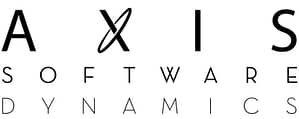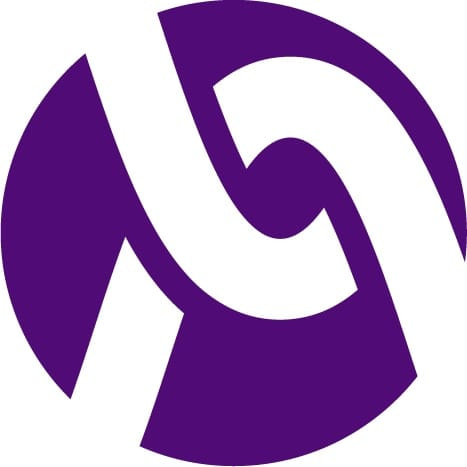Business leaders will already understand that although often referred to together that UI and UX are very different. UI takes a more graphic design focused approach, how it looks and the aesthetics of the overall look with colors, shapes and much more. Whereas UX is still designed in a way, but focused on logical interaction and requires critical thinking. Since UX is based upon how the user experiences the product or service, the focus is on utility, ease of use and efficient processes.
Visual Design
Starting with visual design, a basic dynamic but still one that is ever-changing and very important. It mainly affects the user interface but will influence the user experience too. The visual design of a product or service can alter a user’s perception of important parts or redirect focus.
If implemented poorly it can directly impact the user experience negatively. The colors, fonts, shading and icons etc. are very important to draw the users attention. You want to draw them towards not only what you want but what they want too. This is all crucial to a good UI design, and users have become accustomed to certain dynamics. But this doesn’t stop design from changing as we progress in development.
Interaction Design With UX and UI
This is where there’s the biggest overlap between interaction design and user experience. Interaction design is a big part of the user experience dynamic, it encompasses human factors, sound, human-computer interaction and visual design mostly related to user interface. Interaction design focuses on the single interaction a user has with a software or service. User experience is more about the entire journey a user takes through multiple interactions.
It’s important to focus on single interactions and not just the whole process, but interaction design has to be completed as part of the UX process. This dynamic changes rapidly based upon human behaviour and what is valued at the time, this will change over time and is something business leaders must be aware of.
UI and UX Information Architecture
Information architecture connects users to the content they’re looking for. This bridges UX and UI, experience would design the plan for the structure of the information and user interface designs the way it’s displayed. Information architecture is very user-centered, it helps provide what a user wants faster with less steps.
The UI helps by presenting the information in an easy to identify way so the natural flow designed by the UX developer is undisrupted. This dynamic is ever-changing as the information people value also constantly changes, the types of media people want to consume from text to video or images also does.
The UI and UX Dynamics
Keeping on top of these dynamics can be a challenge. They are big parts made up of smaller aspects, and when one changes can make the current model of each redundant. If you’re a business leader your website or applications success can entirely depend upon these different dynamics of UI and UX.
Research is required to make your website or application engaging and useful while providing a great user experience that makes them want to return. There are experts in this to save you time and money, and that’s what we aim for at Axis Software Dynamics. We are here to assist you with these ever-changing and troubling dynamics. Get in contact with us today and let’s hit your target markets and keep those users coming back for more.






